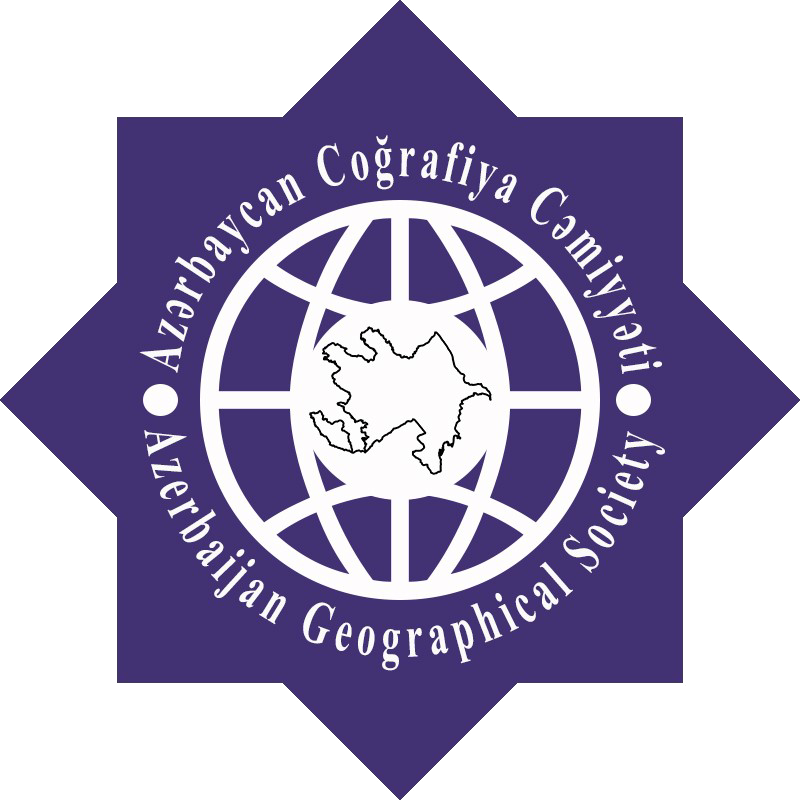LANDSCAPE-ECOLOGICAL DIVERSITY AND CARCASS MODEL OF SPECIALLY PROTECTED NATURAL AREAS IN AZERBAIJAN
M.J.Ismayilov, E.A.Jabrayilov
Abstract. Establishment of protected areas is one of the most important activities in the conservation of natural resources, biodiversity and gene pools, including the promotion of a healthy lifestyle for people in the world. The concept of conservation of landscape-ecological diversity and sustainable development promotes the improvement of socio-economic indicators and at the same time ensures the protection of the environment and ecosystems. The aim of the paper is to examine the relationship between landscape-ecological diversity in protected areas in Azerbaijan and the factors that contribute to this relationship through sustainable development. The article identifies landscape-ecological differences, including the principles and development of protected areas such as National Parks, Nature Reserves and Habitat/Species Management Areas in Azerbaijan. For the first time, a landscape-ecological carcass model was developed to ensure environmental balance. A medium-scale digital (1: 600,000) “ecological carcass” map of Azerbaijan has been developed, and its structural elements were explored. Currently, only 10.3% of the territory of Azerbaijan is composed of protected areas. Given the anthropogenic pressure on landscapes in Azerbaijan, it has been established that the structure of the territorial organization of protected areas does not comply with existing standards of environmental balance. To do this, proposals to increase the area of protected sites to 15% of the country’s territory were justified.
Keywords: protected areas, national park, nature reserve, landscape-ecological diversity, sustainability, ecological carcass.
REFERENCES
- Donald, P., Fıshpool, L., Ajagbe, A., Bennun, L., Buntıng, G., Burfıeld, I., … Wege, D. (2019). Important Bird and Biodiversity Areas (IBAs): The development and characteristics of a global inventory of key sites for biodiversity. Bird Conservation International, 29(2), 177-198. doi:10.1017/S0959270918000102
- Dudley, N. (Editor). Guidelines for Applying Protected Area Management Categories. Gland, Switzerland: IUCN. 2008, x + 86pp
- Dudley, N., Boucher, J.L., Cuttelod, A., Brooks, T.M., and Langhammer, P.F. (Eds). Applications of Key Biodiversity Areas: end-user consultations. Cambridge, UK and Gland, Switzerland: IUCN, 2014.
- Erken, Güven & Isfendiyaroglu, Sureyya & Yeniyurt, Can & Erkol, Itri & Karataş, Ahmet & Ataol, Murat & Crossman, Neville. Identifying key biodiversity areas in Turkey: a multi-taxon approach. International Journal of Biodiversity Science, Ecosystem Services & Management. 2016, 10.1080/21513732.2016.1182949.
- Guerbois, C., Fritz, H., Patterns and perceived sustainability of provisioning ecosystem services on the edge of a protected area in times of crisis. Ecosystem Services, 28, 2017, 196–206.
- IUCN, A Global Standard for the Identification of Key Biodiversity Areas, Version 1.0. First edition. Gland, Switzerland: IUCN, 2016.
- Schirpke U., Marino D., Marucci A., Palmieri M., Scolozzi R. Operationalising ecosystem services for effective management of protected areas: Experiences and challenges, Ecosystem Services, 28, 2017, 105–114
- Tore, E. & Cevik, G & Gokdemir, M & Eren, O & Korkmaz,. Ecotourism Policy Supported by Environmental Planning Procedure – an Environmental Planning Experience. Case of Identification of Igneada as an Eco-Town. Journal of environmental protection and ecology. 13. 2012, 628-642 p.
- United Nations The Sustainable Development Goals Report, New York, 2019.
- UNEP-WCMC and IUCN, Protected Planet: [PA by countries; The World Database on Protected Areas (WDPA)/The Global Database on Protected Areas Management Effectiveness (GD-PAME)] [On-line], [august/2019], Cambridge, UK: UNEP-WCMC and IUCN, 2019. Available at: www.protectedplanet.net.
- Wells, M.P., McShane, T.O., Integrating protected area management with local needs and aspirations. AMBIO: J. Hum. Environ. 33 (8), 2004, 513–519.
- Landşaft xəritəsi. Azərbaycan Respublikası. Miqyas 1:600000. E.K.Əlizadə, A.A.Mikayılov, M.C.İsmayılov, S.Y.Quliyeva və b. Ekologiya və Təbii Sərvətlər nazirliyi. BKF. 2017, Bakı.
- Елизаров А.В. Экологический каркас – стратегия степного природопользования // Степной Бюллетень, 1998, Вып. 2-4, с. 76-91
- Пономарев, А.А., Байбаков, Э.И., & Рубцов, В.А. Экологический каркас: анализ понятий. Ученые записки Казанского университета. Серия Естественные науки, 154 (3), 2012, c. 228-238.
- Тишков A.A. Охраняемые природные территории и формирование каркаса устойчивостистатья // Оценка качества окружающей среды и экологическое картографирование, И.Г. РАН, 1995, с. 94-107
